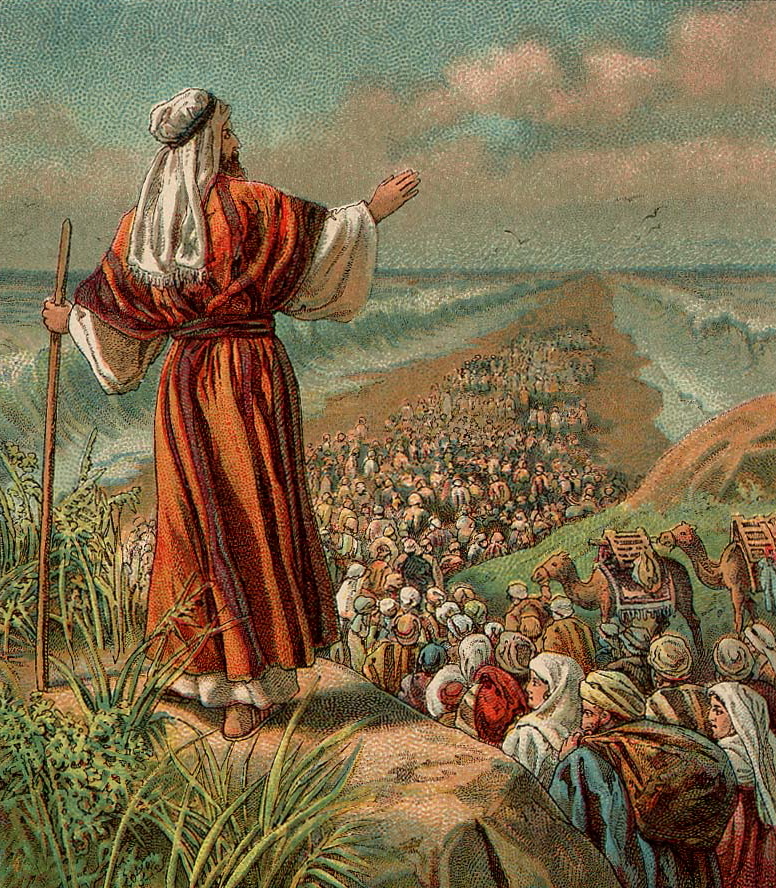
By Anthony Marsella, Ph.D.
What does it take?
What does it take to awaken the American (USA) people to the egregious political, economic, and moral abuses and violations of their Constitutional rights and privileges? What does it take for the American people to demand changes in existing government and corporate political, economic, and social policies and actions limiting accountability, transparency, and participation?
What does it take for the American people to successfully reduce the concentration of power, wealth, and position favoring a few and denying equality and opportunity for the masses? Why are American people failing to respond to the numerous crises in American society that reveal widespread corruption, cronyism, and incompetence in public and private institutions and organizations?
Why are Americans savoring the fruits of consumerism, materialism, commodification, competition when the consequences of these institutionalized values are destructive for individuals and the social fabric? These questions are but a few of the many questions being asked daily across America and the world. At issue is the disproportionate presence of silence and passivity, and the absence of activism.
I am not discussing, nor am I advocating, widespread rebellion or revolt, even as some voices have called for these as solutions in the face of a creeping oppression. Rather, I am seeking an understanding of why so few protests have emerged and been sustained across time and place?
No one can deny the existence of protests from both “liberal/progressive” circles, (e.g., Occupy Wall Street, Wisconsin Teacher Unions, LBGT organizations) and conservative/tea party circles (e.g., regarding border immigration, abortion rights, gun ownership rights). Yet, in my opinion, these protests have been focused on specific causes, often informed by narrow ideological reasons. I am seeking an understanding of sources that could undertake a broader and unified protest, seeking to re-claim and to improve upon America’s inspired heritage of human rights — a protest to reclaim “moral authority,” “national identity,” and “social and civic responsibility,” not through guns, violence, and anger, but through virtue.
It must be asked whether current divisions across gender, racial, ethnicity, social class, political, wealth, regional, and religious boundaries have limited any collective citizen response challenging the concentration of power, wealth, and position that seeks national and global domination. In my opinion, the concentration denies citizen participation by controlling means, motives, and consequences of national activism, especially by creating divisions across diverse population sectors. Although developing diverse identities is to be encouraged because diversity is the essence of life itself, a sense of unity is lost as too many are denied equality.
And how does the fractioning of a society lend itself to external control and domination by those with wealth, power, and position? For me, the answer is simple: “A society can assume unlimited diversity, as long as it provides equal access to opportunity.”
It is the disproportion in opportunity, rights, and freedoms that lead to resentment, struggle, and violence. The USA needs a national vision identity that recognizes and accepts the conditions required for civility and citizen accommodation in our global era, including (1) an appreciation of the value of diversity, (2) a willingness to accept an interdependence ethic, (3) the commitment to nonviolence/nonkilling, and (4) a belief in the Universal Declaration of Human Rights.
Unfortunately, what has emerged in the USA is a “limited good” mentality1 in which gains by one group or sector are considered losses by another, because there is only so much “good” to go around. But while this may be, in part, an accurate appraisal of our global situation, there are forces at work that seek control stemming from the age-old divisions rooted in concentrations of power, wealth, and position. Choose your century, country, or cause, and “concentration” will always be the root of problems.
In today’s global era, filled with challenges that defy solution (e.g., population increases, poverty, violence, wars, environmental pollution, crime), “control” by a few (e.g., 1%, bankers, dictators, corporate royalty, Davos faction, monopolies) has become the means and the end. In the USA, which leads the world in military force, financial wealth, corporate cartels, and exportation of popular culture, “control” is essential to preserve an existing state of affairs that denies equality, and promotes homogeneity.
The USA has the world’s largest military budget, highest medical costs, greatest number of prisons and prison inmates, and greatest divisions of wealth (e.g., 1% versus 99%). What this enables — indeed ensures — is the opportunity to implement a “Just Enough” approach to keeping collective control.
NOTE:
- George Foster (1965). Peasant society and the image of limited good. American Anthropologist. Limited good refers to the concept that in peasant societies the world is seen as a “competitive” place in which “goods” are limited, and so distrust, envy, jealousy, and resentment are fostered. Hmmm?
Anthony Marsella, Ph.D., a member of the TRANSCEND Network, is a past president of Psychologists for Social Responsibility, emeritus professor of psychology at the University of Hawaii, and past director of the World Health Organization Psychiatric Research Center in Honolulu. He is known nationally and internationally as a pioneer figure in the study of culture and psychopathology who challenged the ethnocentrism and racial biases of many assumptions, theories, and practices in psychology and psychiatry. In more recent years, he has been writing and lecturing on peace and social justice. He has published 15 edited books, and more than 250 articles, chapters, book reviews, and popular pieces. He can be reached at marsella@hawaii.edu.
This is the first in a three-part series originally published on https://www.transcend.org/tms/2014/06/the-just-enough-policy-behavioral-control-of-collective-protest-through-minimum-reward/


 In her book The Ideology of Hatred: The Psychic Power of Discourse,
In her book The Ideology of Hatred: The Psychic Power of Discourse, 